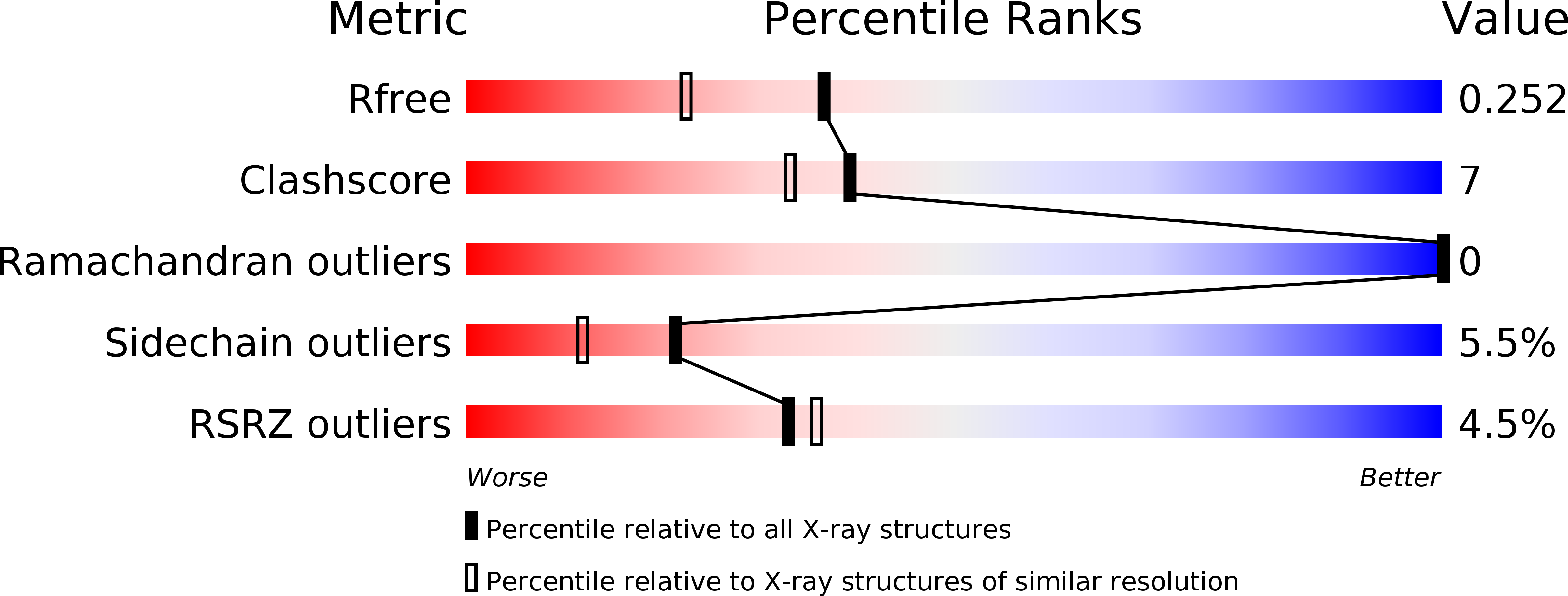
Deposition Date
2020-01-15
Release Date
2020-08-26
Last Version Date
2024-11-13
Entry Detail
PDB ID:
6LRA
Keywords:
Title:
The complex structure of PHF core domain peptide of tau and antibody's Fab domain.
Biological Source:
Source Organism:
Homo sapiens (Taxon ID: 9606)
Mus musculus (Taxon ID: 10090)
Mus musculus (Taxon ID: 10090)
Method Details:
Experimental Method:
Resolution:
1.90 Å
R-Value Free:
0.24
R-Value Work:
0.18
R-Value Observed:
0.19
Space Group:
P 21 21 21


